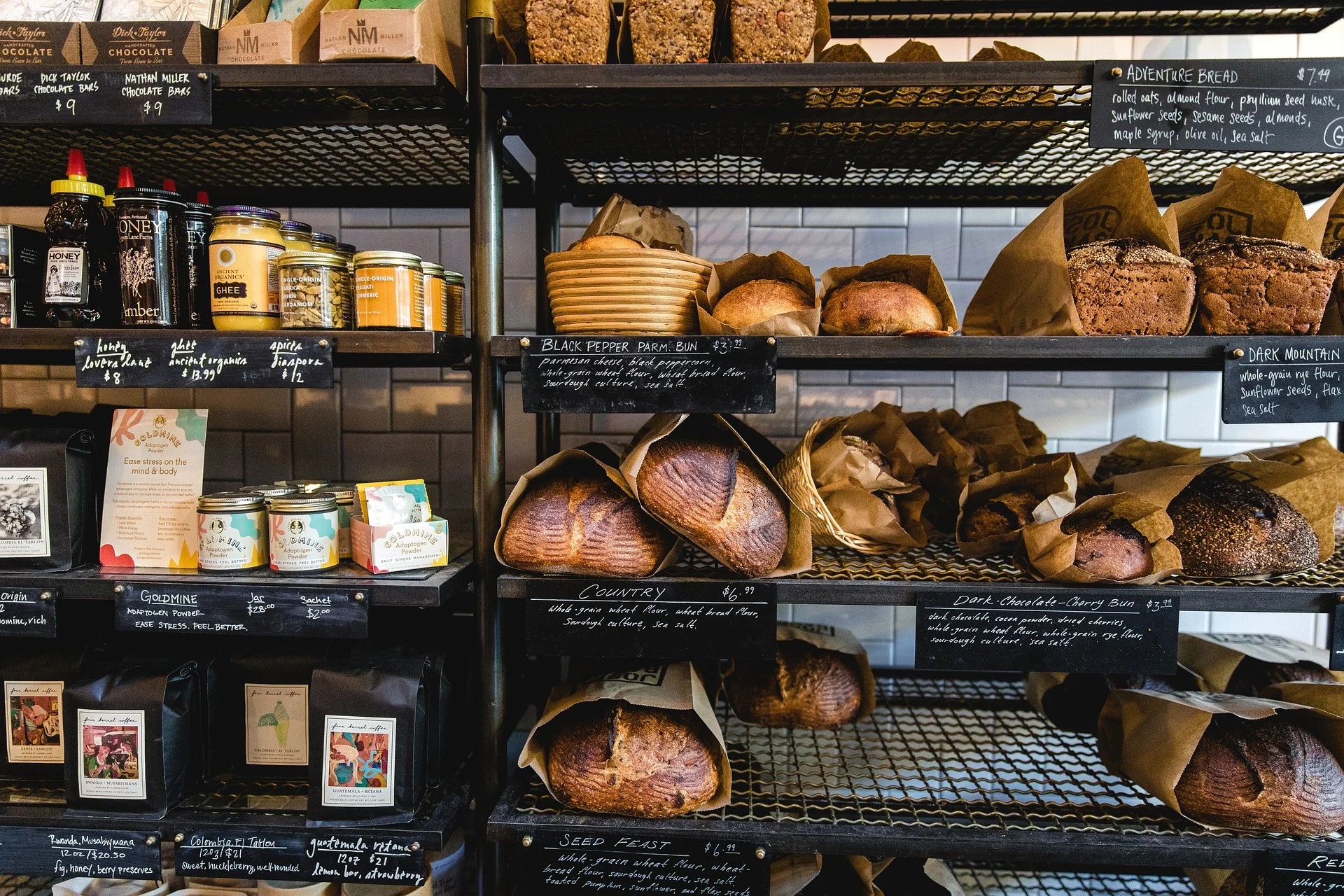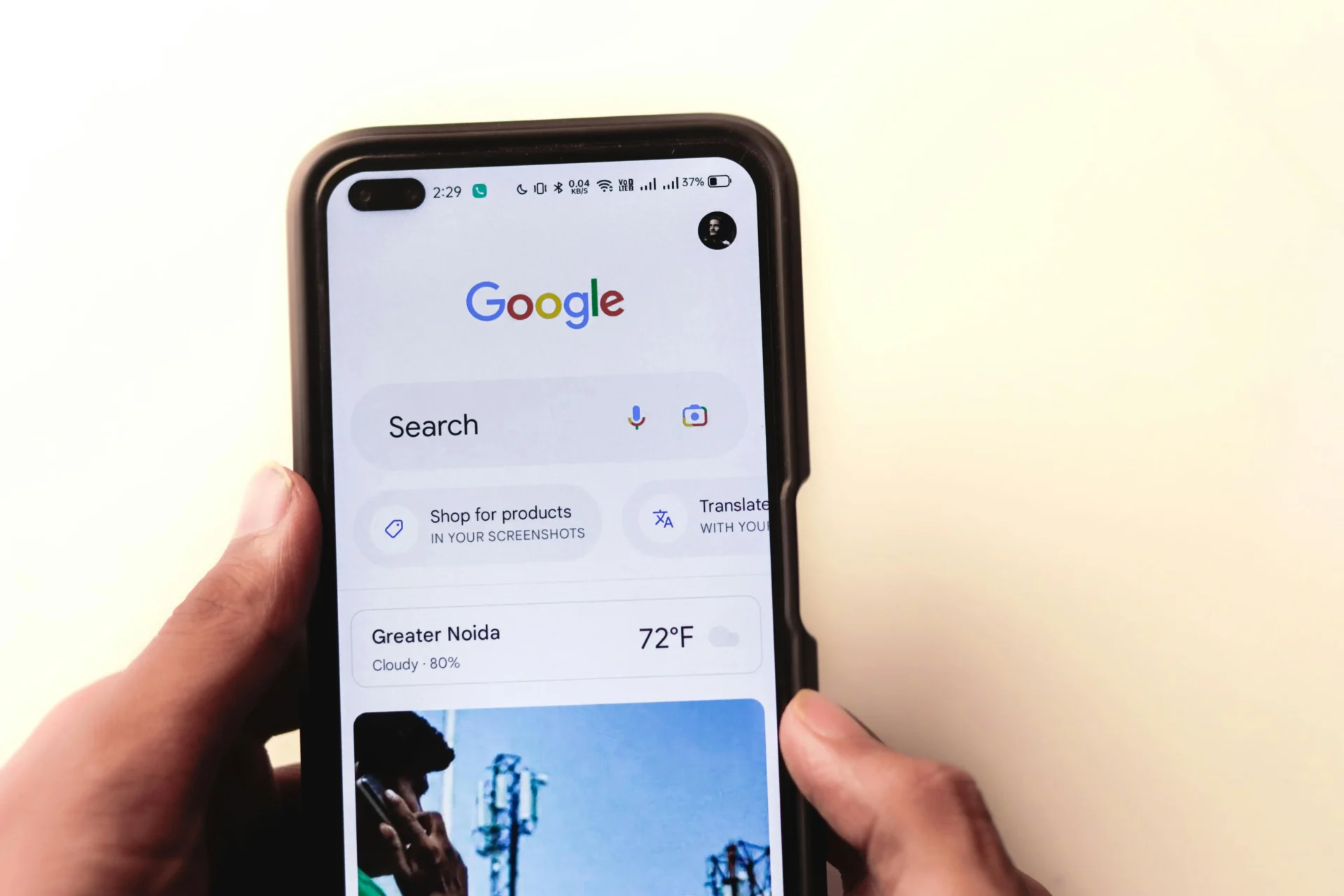Imagine stepping into a grocery store filled with vibrant colors and eye-catching designs, where everyday essentials like toothpaste, cereal, and laundry detergent compete for your attention. This is the realm of Consumer Packaged Goods (CPGs), and in this crowded marketplace, how do brands stand out and sway your purchasing decisions? The answer lies in the strategic art of consumer packaged goods marketing, which focuses on understanding and engaging with the consumer at every touchpoint.
In this comprehensive guide, we will equip you with the insights and strategies needed to navigate the competitive CPG landscape, whether you’re a seasoned marketer or just starting out. From harnessing the power of digital marketing to understanding consumer trends, this journey will provide you with the tools to create impactful marketing campaigns that resonate with your target audience and foster brand loyalty in an ever-evolving market.
The Consumer at the Core of CPG Marketing
Consumer packaged goods marketing thrives on a deep understanding of your target audience — the individuals who walk down grocery aisles, pick up your product, and decide whether to bring it home. To effectively identify and engage these consumers, it’s essential to utilize various research methods that paint a clear picture of your ideal customer. We conduct surveys and focus groups to gather valuable insights into their demographics, psychographics (lifestyles, values, interests), and purchasing behaviors. Additionally, social media listening enables us to tap into online conversations and identify trends surrounding your products and competitors. By building detailed customer personas, we create a fictional representation of your ideal buyer, complete with their needs, wants, and pain points. This process empowers us to craft marketing messages that resonate deeply and leave a lasting impression.
Understanding consumer trends is equally crucial in the ever-evolving CPG landscape, where new preferences and priorities emerge regularly. For instance, the demand for organic and sustainable products is soaring, as people become increasingly health-conscious and prioritize ethical sourcing. Identifying these trends allows us to tailor your digital marketing strategy to align with the changing consumer landscape. By prioritizing consumer understanding, we lay the foundation for successful CPG marketing campaigns. In the next section, we’ll explore the ever-growing role of digital marketing in this dynamic industry.
Harnessing the Power of Digital Marketing
In today’s digital age, consumers are constantly connected to the online world, presenting both challenges and opportunities for CPG marketers. To thrive in this environment, it is essential to embrace digital marketing strategies. A well-designed and optimized website acts as your digital storefront, ensuring it is user-friendly, visually appealing, and easy to navigate. Additionally, it must be mobile-friendly, as a significant portion of online browsing occurs on smartphones and tablets.
Social media platforms such as Facebook, Instagram, Twitter, and TikTok offer powerful avenues to connect with your audience. By sharing engaging content, participating in relevant conversations, and running targeted ads, brands can build awareness and drive traffic to their websites. Similarly, email blast marketing serves as a versatile tool for nurturing customer relationships. By sending personalized newsletters, promotional offers, and exclusive content, brands can keep themselves top of mind and encourage repeat purchases.
Moreover, Search Engine Optimization (SEO) is crucial to ensure that your website and content appear prominently in search results, attracting organic traffic from potential customers actively seeking your products. Paid advertising, through platforms like Google Ads and social media, allows for targeted outreach, ensuring that ads reach the right people at the right time. Digital marketing also provides valuable insights into consumer behavior. By tracking traffic related to your website design, social media engagement, and email open rates, brands can measure campaign effectiveness and make data-driven decisions. This iterative process helps refine strategies and optimize marketing efforts for maximum ROI.

Unleashing the Power of Social Media
Social media marketing has become an integral part of our daily lives, and CPG brands can leverage its power to connect with their target audience. One of the key strategies is building brand awareness; social media platforms offer a vast reach, allowing brands to showcase their personality and values. By sharing engaging content, participating in relevant conversations, and running targeted ads, brands can increase brand visibility and attract new customers. Another important aspect is customer engagement; social media provides a direct channel for interacting with customers. By responding to comments, messages, and reviews, brands demonstrate that they value customer feedback and are committed to exceptional customer service.
Additionally, influencer marketing plays a vital role. Partnering with influencers who align with brand values can help reach a wider audience and build credibility, as influencers promote products, share personal experiences, and provide valuable recommendations. Furthermore, social media listening is essential; monitoring online conversations allows brands to identify trends, understand consumer sentiment, and spot potential opportunities or challenges. By staying informed, brands can adapt their marketing strategies to meet the evolving needs of their target audience.
By effectively utilizing social media, brands can build strong relationships with their customers, increase brand loyalty, and drive sales.
The Art of Packaging Design
In the crowded aisles of a grocery store, packaging is often the first thing that catches a consumer’s eye. A well-designed package can make a lasting impression and significantly influence purchasing decisions. Here are some key factors to consider when designing your packaging:
Aesthetics play a crucial role; the visual appeal of your packaging should be consistent with your brand identity. Choose colors, fonts, and imagery that reflect your brand’s personality and resonate with your target audience. Equally important is functionality; your packaging should be practical and easy to use. Consider factors like size, shape, and materials, ensuring that the package is easy to open, close, and store.
Another essential factor is sustainability. Consumers are increasingly concerned about environmental issues, so opting for sustainable packaging materials and minimizing waste can appeal to eco-conscious shoppers. Additionally, product information is vital; clearly label your product with essential details such as ingredients, nutritional facts, and usage instructions. Use clear and concise language that is easy to understand.
By investing in thoughtful packaging design, you can create a memorable and impactful brand experience. In the next section, we’ll explore the growing importance of sustainability in CPG marketing.
Sustainability as a Growing Trend in CPG Marketing
Sustainability is no longer just a buzzword; it has become a growing concern for consumers worldwide. As a CPG brand, incorporating sustainability into your marketing strategy can enhance your brand’s online reputation management, attract environmentally conscious consumers, and contribute to a more sustainable future. Here are some ways to integrate sustainability into your Consumer Packaged Goods marketing:
Ethical sourcing is essential for any brand, and a top digital marketing agency emphasizes sourcing ingredients and materials from suppliers who prioritize sustainability and ethical practices. Highlighting this commitment in your marketing messages resonates with environmentally conscious consumers. Additionally, focus on reducing waste by minimizing packaging through recyclable or biodegradable materials. Consider innovative options, such as refillable containers or bulk products, to further demonstrate your dedication to sustainability and responsible consumption.
Another key area is carbon footprint reduction. Implement measures to decrease your carbon footprint, such as optimizing transportation and energy efficiency. Share your efforts with your customers to demonstrate your commitment to sustainability. Additionally, consider partnering with a content marketing agency to effectively communicate your sustainability initiatives. Furthermore, engage in social responsibility by supporting social causes that align with your brand values. This could involve donating a portion of your profits to charitable organizations or participating in community initiatives.
By incorporating sustainability into your digital advertising strategy, you can differentiate your brand from competitors and appeal to a growing segment of environmentally conscious consumers. In the next section, we’ll discuss the key metrics to track the success of your CPG marketing efforts.
Key Metrics to Track in Measuring Marketing Success
To assess the effectiveness of your CPG digital marketing efforts, it’s essential to track key performance indicators (KPIs). Here are some important metrics to consider:
Sales should be monitored closely; tracking your sales volume and revenue allows you to gauge the impact of your marketing campaigns. Analyzing sales trends over time can help identify areas for improvement. Additionally, measure your market share within your target industry to assess your competitive position and identify growth opportunities.
Brand awareness is another crucial metric. Track brand awareness metrics such as recognition, recall, and favorability to evaluate the effectiveness of your branding efforts. Furthermore, measuring customer satisfaction through surveys, feedback forms, and social media monitoring provides insights into how well your brand is meeting customer needs. High customer satisfaction is a strong indicator of brand loyalty and potential for repeat business.
Finally, calculate the return on investment (ROI) of your marketing campaigns by comparing costs to revenue generated. This analysis helps determine which marketing efforts are most effective. By tracking these metrics, you can gain valuable insights into the performance of your marketing campaigns and make data-driven decisions to optimize your strategy.
Wrap Up
Conquering the consumer packaged goods marketing requires a strategic approach that combines consumer understanding, digital marketing expertise, creative campaigns, and a strong focus on sustainability. By deeply understanding your consumers — who they are, what they value, and how they make purchasing decisions — you can tailor your messaging and product offerings to resonate with target audiences. Incorporating digital marketing tools such as social media and SEO enhances visibility and fosters direct engagement, while creative campaigns capture attention and drive interaction. Additionally, a commitment to sustainability appeals to environmentally conscious consumers and strengthens your brand’s reputation. By following the guidelines outlined in this comprehensive guide, you can develop effective marketing strategies that drive sales, build brand loyalty, and achieve long-term success in the dynamic world of consumer packaged goods marketing.
At fishbat, a premier New York digital marketing agency, we’re dedicated to helping CPG brands navigate the challenges and opportunities of this dynamic industry. Our team of experienced digital marketing specialists can provide tailored strategies to meet your unique needs. Contact us today at 855-347-4228 or hello@fishbat.com to learn more about how we can help you achieve your marketing goals!


